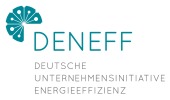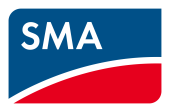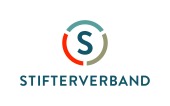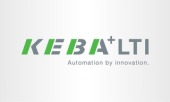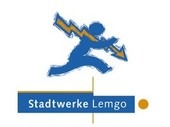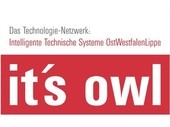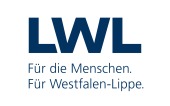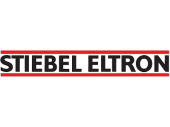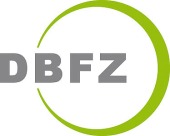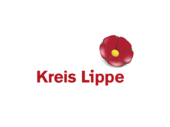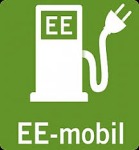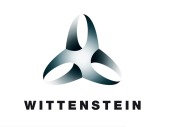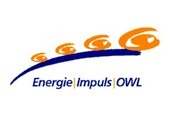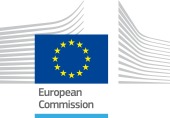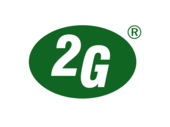Value Based Risk Management
The goal of this paper is to develop a model which may be used to demonstrate costs and benefits of risk management investments in the context of value-based management.
This paper answers the question of how to quantify changes in company value caused by risk management measures on a theoretical basis. First, a review of empirical studies allowing assertions about the cost and utility of risk management investments is presented. The results of these studies point to a nonlinear shape of the curve and form a basis for the development of a seemingly plausible cost/utility correlation.
In this paper, a model will be developed which can be used to demonstrate costs and benefits of risk management investments in the context of value-based management. It is assumed that at first, risk management expenditures without measurable monetary utility will have to be made. Furthermore, it is assumed to increase more than proportionally, then less than proportionally, until further investments in risk management activities yield only minimal increases in utility and cannot improve company value any further.
By inserting the yet-to-be-determined actual cost/benefit relationship for a company or industry sector into the EVA equation, it is possible to display the effects of risk management measures on the company value. This procedure is principally combinable with the analysis of other value-based control parameters, that is, the Discounted Cash Flow concept or the Cash Value Added methodology.
Risk management is increasingly gaining scientific and public interest, especially since the global financial crisis. Scientists and practical users espouse the benefits of risk management systems in this context. However, the extent to which investments in risk management systems can improve the value of a company remains still unclear.
We could determine that at first risk management expenditures will not result in a monetarily measurable benefit. The remaining slope of the curve is derived as increasing more than proportionally at first, then less than proportionally, until further investments into risk management activities yield almost no additional increase in benefits. In this paper, three different functions are offered to describe the shape of the curve identified. They differ in regard to their free parameters and hence in their flexibility of application. The higher flexibility of functions #2 and #3 is balanced by the disadvantage of increasing formal complexity, possibly leading to an increased effort for implementation and application.
To harness the relationships developed in this paper for practical use, further research should target the identification and empirical verification of dependencies between the parameters and principal company index values.
Nähere Informationen finden Sie hier





